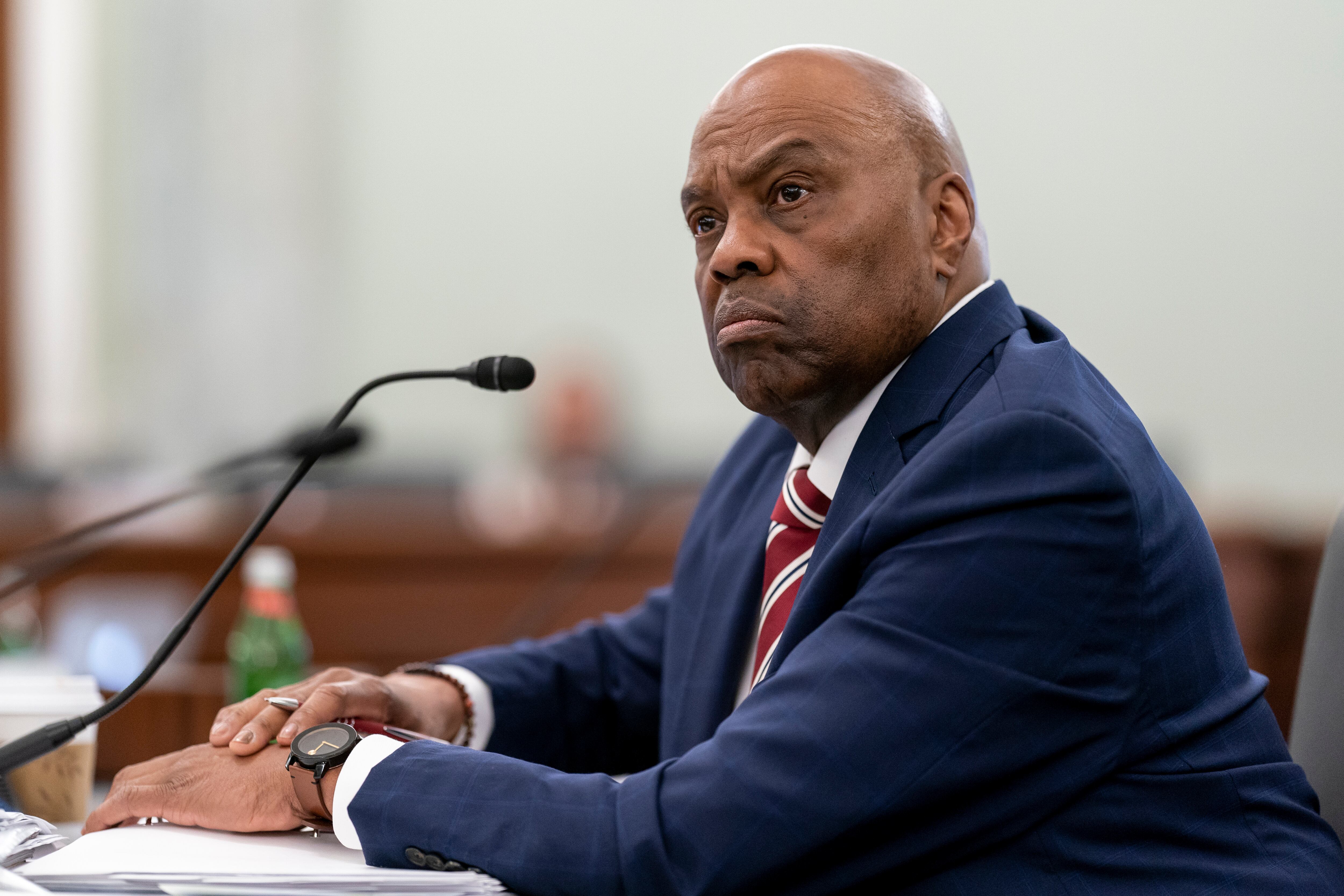Shortages of air traffic controllers at airports serving New York City prompted the Federal Aviation Administration to grants requests to reduce the volume of flight operations during peak summer months, the agency announced Monday.
Beginning in mid-May and ending in September, the agency is allowing airlines to surrender 10% of their allocated runway time “slots” to prepare for the peak summer travel season in the New York City region, which if allowed to operate at full capacity could overwhelm the staff and add further delays, the agency said.
RELATED

From May to September 2022, delays totaled 41,498 between Kennedy, LaGuardia and Newark Liberty international airports, “for which staffing was a contributing factor,” the agency said in a notice posted in the Federal Register.
The New York City airspace is particularly complex because of the number of flights that pass through it from nearby metropolitan airports. FAA data indicates that this region, called N90, is roughly 54% staffed, well below the 81% average for air traffic controllers.
“FAA acknowledges that temporary safety mitigations put in place in response to the COVID-19 pandemic impacted controller training,” it said. “Dedicated training initiatives have been successful in reducing most of the training backlog with the exception of N90. The staffing shortfalls at N90 limit the FAA’s ability to provide expeditious services to aircraft operators and their passengers that traverse this airspace.”
The agency is also reassigning about 100 square miles of congested airspace in the Newark, New Jersey, radar section to Philadelphia’s control. Training for this move would begin in September, so it won’t provide relief to the staffing challenge affecting this summer’s travel season.
For passengers, the agency is saying a reduction in operations will aid in reducing delays. Airlines, it said, are also encouraged to fly larger air crafts with more seats in order to serve more travelers on one flight.
Normally, for New York City’s airports, designated take-off and landing windows must be used by an airline at least 80% of the time or else lose slots. But in times of uncertainty or hardship, the FAA can waive this requirement.
The FAA plans to hire and train 1,500 controllers this fiscal year and wants to bring on 1,800 more in 2024 if it’s granted the $117 million it requests from Congress for hiring and training surges. After the pandemic brought the travel industry to a standstill, the FAA anticipated 500 new hires in 2021, nearly half of its target for that year.
The agency’s main training initiative was also temporarily paused during the pandemic.
The agency is looking at hiring from the perspective of remedying pandemic losses while its attrition seems to be leveling out after a retirement spike in 2008. According to its 2030 workforce plan, the agency said retirements are expected to fall for the next five years and remain at relatively low levels for the next decade.
Molly Weisner is a staff reporter for Federal Times where she covers labor, policy and contracting pertaining to the government workforce. She made previous stops at USA Today and McClatchy as a digital producer, and worked at The New York Times as a copy editor. Molly majored in journalism at the University of North Carolina at Chapel Hill.





